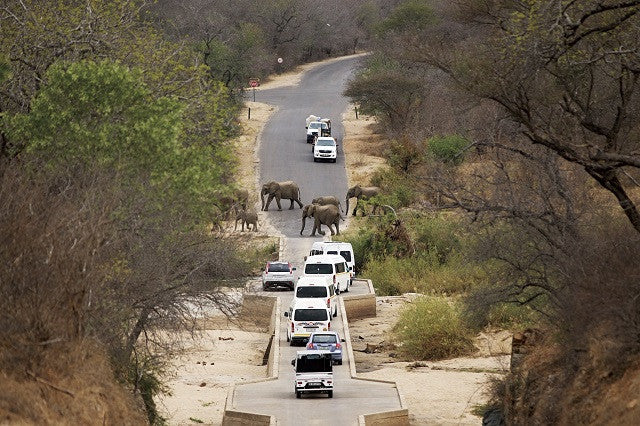 Like routes on a road map, lines criss-cross the palm of the hand. They remind Heinrich van den Berg of all the roads he’s explored in Kruger, roads that call to him still.
Like routes on a road map, lines criss-cross the palm of the hand. They remind Heinrich van den Berg of all the roads he’s explored in Kruger, roads that call to him still.
Kruger has left its mark on me. Its roads are the lines on my hands. My palms are like a map of the park.
The main roads are deep lines drawn by the family car when I was young. They lead to sightings engraved into my memory. Places where I had good sightings 30 years ago conjure up memories as if they were about to happen again. To me those animals will permanently be where I saw them then. These are the H-roads – the thick lines at the base of my palm.
The finer lines are S-roads. They were drawn later. Some beautiful places and meandering memories are accessible only via S-roads. They cut their way along the banks of riverbeds, through the dusty plains of nostalgia and the bushveld of my youth. These roads are wonderful.
In fact, the roads of Kruger were constructed with wonder dust. The dust makes thoughts wander. I have had brilliant ideas that magically came to me while on a game drive. Music I listened to while driving sounded purer. Braaibroodjies spiced with wonder dust tasted like gourmet sandwiches at the picnic sites where these roads meet. 
Elephant breeding herd: H1-2
Baobab Hill: H1-8
Elephant: S3
Yet Kruger does have roads that are not wonderful at all.
On a hot night 16 years ago in Lower Sabie, Kruger poisoned my body. Twelve days later I became ill. I immediately knew it was malaria and went to hospital. A day later I lost consciousness and they put me on life support. When I woke up after four days two things had changed: I was 10kg lighter, and everybody seemed to love me more intensely, which was good for my self-esteem. That apparent intensity soon gave way to normal levels of affection, but the after-effects of the malaria remain to this day. Kruger had left a permanent scar on me.
This corrugated road of Kruger had shaken me violently, but I realised that malaria is wilderness’s only defence against development, so I forgave Kruger and kept going back.
Now, driving around in the park I see many people like me navigating with the map on their palms. Their faces reflect wonder and their wrinkled hands show deep lines of memories. I see smooth-palmed children who are just beginning to feel the urge to be in Kruger. To all of us Kruger represents happiness. This huge source of joy sustains us all. We listen to its morning song, sip on its sunsets and dream of its roars at night. 
Leopard: S110
Leopard kill: S126
Hippo: H1-6
Visiting Kruger I have left many tracks there. Like impala bush trails, my tracks have left an almost unnoticeable hairline on the palm of Kruger. But millions have done the same, in the process leaving a map on the palm of Kruger.
Jane Austen wrote: “What are men to rocks and mountains?” I know what Kruger is to us, but I wonder: What are we to Kruger? What are we to its soil and its rocks and its mountains? Are we merely a tattoo of a map on its hand, or does the needle cut deeper? Are we the poison that infects its blood – the mosquitoes that carry the malaria that is killing it?
I hope that Kruger’s rocks and mountains are hard enough to handle these roads and scars caused by us. I hope that Kruger doesn’t succumb to the malaria caused by the parasites we carry. I hope that our descendants will be able to experience Kruger as we do. I hope that their palms will show the same map that is etched on our hands.

